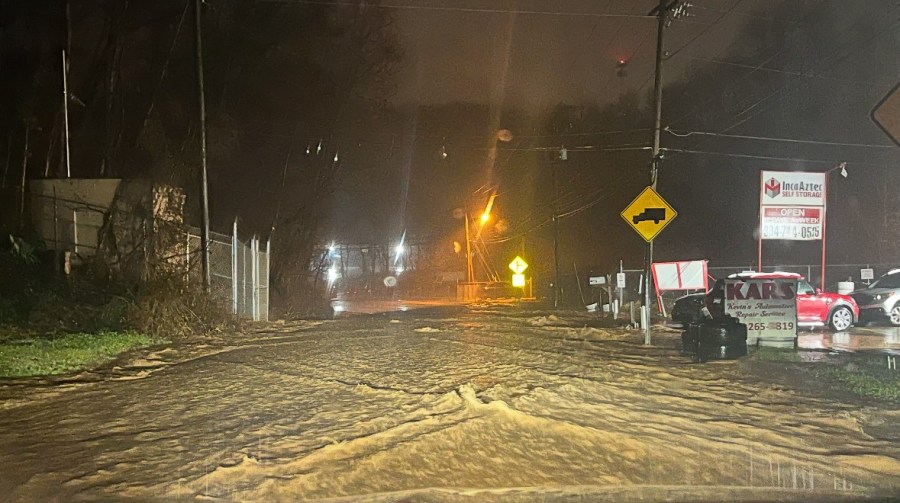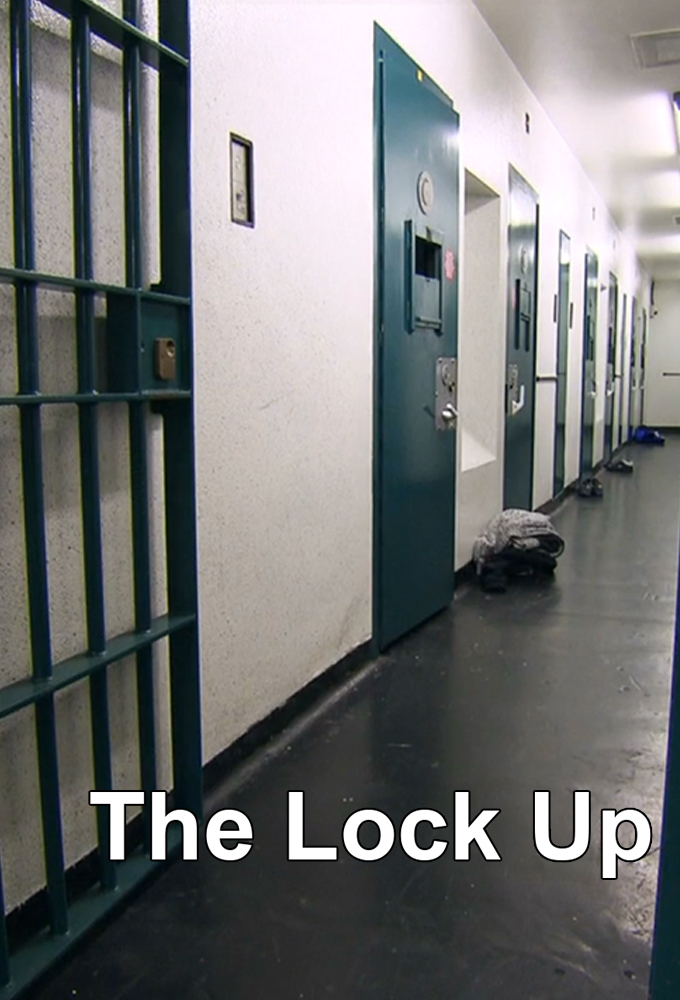Understanding Flash Flood Emergencies: A Comprehensive Guide

Table of Contents
Understanding Flash Flood Causes and Risk Factors
Flash floods are characterized by a rapid and sudden rise in water levels, often with little to no warning. Understanding their causes is crucial for preparedness.
Meteorological Conditions
Intense rainfall is the primary culprit behind most flash floods. Torrential downpours, especially over saturated ground, quickly overwhelm drainage systems, leading to rapid water accumulation.
- Heavy thunderstorms: These are notorious for producing incredibly high rainfall rates in short periods.
- Monsoonal rains: Regions prone to monsoons often experience flash floods due to prolonged and intense rainfall.
- Rapid snowmelt: A sudden and significant increase in temperature can rapidly melt snowpack, causing a surge of water into rivers and streams.
- Dam failures and levee breaches: Structural failures in dams or levees can release massive amounts of water, leading to catastrophic flash floods downstream. These events are often devastating and require extensive evacuation efforts.
Geographical factors also significantly influence flash flood risk. Mountainous areas and canyons are particularly vulnerable due to their steep slopes and limited drainage capacity. The water funnels down quickly, creating intense and concentrated flows.
Human Factors
Human activities can significantly exacerbate flash flood risks.
- Deforestation: Removing trees reduces the land's ability to absorb rainwater, increasing surface runoff and the likelihood of flooding.
- Urbanization: Pavement and concrete surfaces prevent water infiltration, leading to increased runoff and faster flooding in urban areas.
- Poor drainage systems: Inadequate or poorly maintained drainage infrastructure can fail to cope with heavy rainfall, contributing to flash flood emergencies.
- Construction and infrastructure: Construction projects, especially those impacting natural drainage patterns, can increase vulnerability to flash floods.
Understanding these human factors is critical for implementing effective land management and urban planning to mitigate flash flood risks.
Recognizing Warning Signs of a Flash Flood Emergency
Recognizing the warning signs of an impending flash flood is vital for timely action.
Visual Cues
Rapidly rising water levels are a major visual indicator.
- Rising water levels: Observe streams and rivers closely. A rapid increase in water level, even a few inches in a short time, warrants immediate attention.
- Overflowing rivers and streams: When rivers and streams overflow their banks, it indicates a serious risk of flash flooding in nearby areas.
- Debris flowing in the water: See branches, logs, or other debris carried swiftly by the current? This is a clear sign of rising water levels and potential danger.
Audible Cues
Listen carefully for unusual sounds.
- Roaring water: The sound of rapidly flowing water signifies a significant increase in water volume and potential for flash flooding.
- Unusual rushing sounds: Pay attention to any unnatural rushing sounds from normally quiet streams or drainage areas.
- Changes in natural water sounds: A noticeable change in the usual sounds of a nearby water source is a warning sign that demands immediate attention.
Official Warnings
Rely on official sources for weather alerts and warnings.
- Weather apps: Download reputable weather apps that provide real-time alerts and forecasts.
- Radio and television: Keep your radio or television tuned to local news channels for official warnings and updates.
- National Weather Service: The National Weather Service (or your country's equivalent) provides crucial alerts and forecasts.
Safety Measures During a Flash Flood Emergency
Timely action is critical during a flash flood emergency.
Immediate Actions
When a flash flood warning is issued, act immediately.
- Move to higher ground: Seek higher ground immediately. Avoid low-lying areas and flood-prone regions.
- Avoid floodwaters: Never attempt to drive or walk through floodwaters. Even a small amount of flowing water can sweep you away.
- Evacuation: If instructed to evacuate, do so immediately and follow the instructions given by authorities.
Protecting Your Property
Take steps to protect your home and belongings if you have time.
- Move valuables to higher levels: Relocate important documents, electronics, and other valuable items to higher floors or areas.
- Sandbagging: If time allows, sandbagging around your property can help to divert some water.
Post-Flood Recovery and Assistance
After the floodwaters recede, there's still important work to be done.
Assessing Damage
Once it's safe, carefully assess the damage to your property.
- Flood damage assessment: Take photos and videos of the damage for insurance purposes.
- Property damage: Note the extent of damage to your home, belongings, and surrounding areas.
- Safe assessment: Prioritize safety. Be cautious of weakened structures, downed power lines, and contaminated water.
Seeking Assistance
Numerous resources are available to aid in recovery.
- Flood relief: Contact your local authorities for information about flood relief programs and assistance.
- Disaster assistance: Seek help from disaster relief organizations, such as the Red Cross (or your country's equivalent).
- Insurance claims: File a claim with your insurance company as soon as possible.
Conclusion
Understanding flash flood emergencies, from recognizing their causes and warning signs to implementing safety measures and initiating post-flood recovery, is paramount. This article has highlighted the importance of understanding flash flood risks, preparing for potential emergencies, and knowing where to find reliable information and support. Prepare for flash flood emergencies by creating a family emergency plan, assembling an emergency kit that includes essential supplies like water, non-perishable food, and a first-aid kit, and staying informed about weather forecasts and official warnings. Understand flash flood risks in your area and take proactive steps to minimize potential damage. Remember, being prepared is the best way to protect yourself and your loved ones during a flash flood emergency.

Featured Posts
-
 Jerome Powell On Tariffs A Threat To Fed Goals
May 25, 2025
Jerome Powell On Tariffs A Threat To Fed Goals
May 25, 2025 -
 Myrtle Beach Responds To Unsafe Beach Study
May 25, 2025
Myrtle Beach Responds To Unsafe Beach Study
May 25, 2025 -
 A Practical Guide To An Escape To The Country Budgeting And Logistics
May 25, 2025
A Practical Guide To An Escape To The Country Budgeting And Logistics
May 25, 2025 -
 Analisi Dell Impatto Dei Dazi Sulle Importazioni Di Moda Negli Stati Uniti
May 25, 2025
Analisi Dell Impatto Dei Dazi Sulle Importazioni Di Moda Negli Stati Uniti
May 25, 2025 -
 Kazna Za Vozachite Na Mertsedes Pred Gran Pri Na Bakhrein
May 25, 2025
Kazna Za Vozachite Na Mertsedes Pred Gran Pri Na Bakhrein
May 25, 2025
Latest Posts
-
 Your Guide To The 5 Most Intense Action Episodes Of Lock Up
May 25, 2025
Your Guide To The 5 Most Intense Action Episodes Of Lock Up
May 25, 2025 -
 Coriolanus Snow Casting Ralph Fiennes Considered Kiefer Sutherland A Fan Favorite
May 25, 2025
Coriolanus Snow Casting Ralph Fiennes Considered Kiefer Sutherland A Fan Favorite
May 25, 2025 -
 Lock Up A Tv Guide To The 5 Best Action Episodes
May 25, 2025
Lock Up A Tv Guide To The 5 Best Action Episodes
May 25, 2025 -
 Ralph Fiennes As Coriolanus Snow Analyzing Fan Reaction And Casting Speculation
May 25, 2025
Ralph Fiennes As Coriolanus Snow Analyzing Fan Reaction And Casting Speculation
May 25, 2025 -
 Lock Up Tv Guide Top 5 Action Episodes
May 25, 2025
Lock Up Tv Guide Top 5 Action Episodes
May 25, 2025
